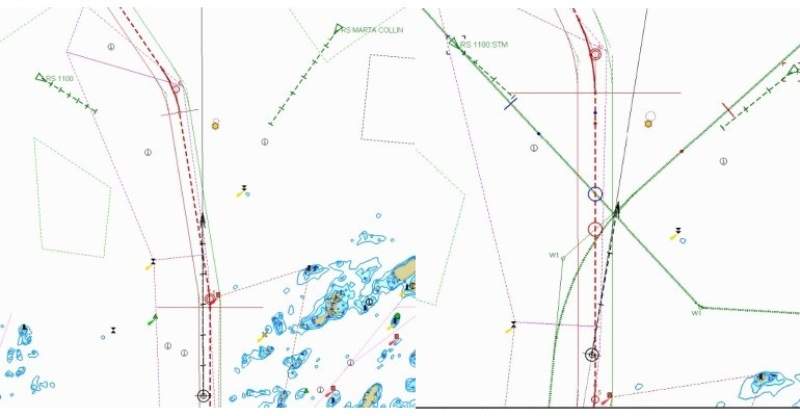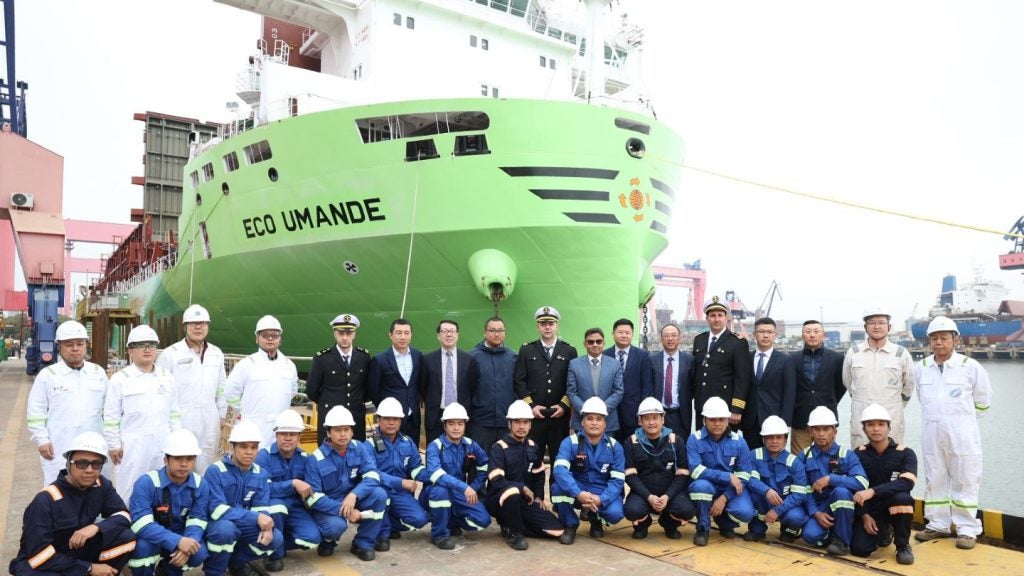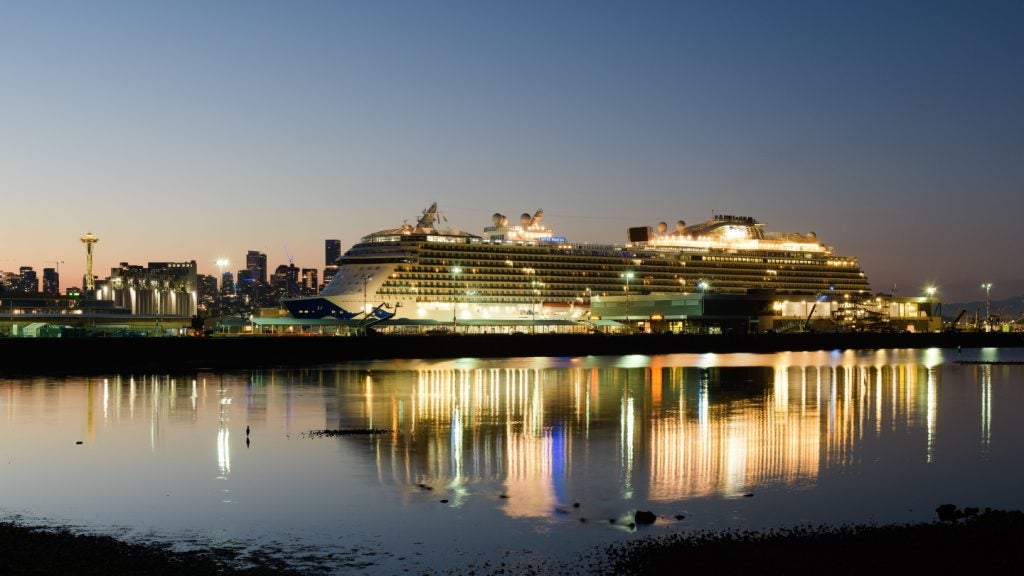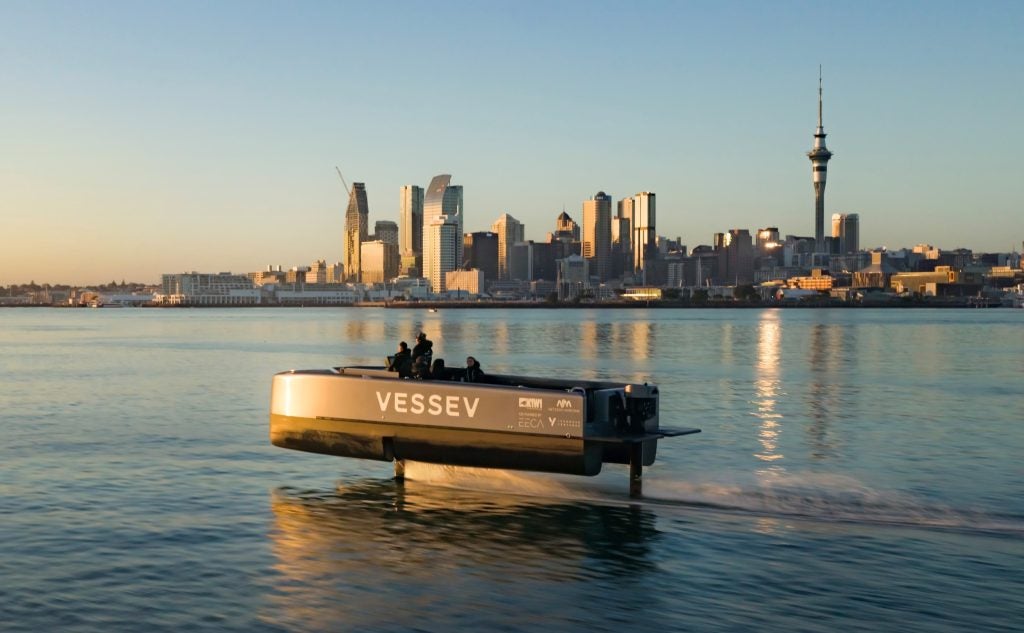

The first Sea Traffic Management (STM) compatible bridge systems have been installed on-board Stena Line's cruise ship Stena Germanica and two rescue vessels from the Swedish Sea Rescue Society (SSRS).
The solutions are primarily designed to connect ships with various shore-based services.
All of the system's available functions, including route optimisation and synchronised port calls, as well as sending and receiving route segments ship-to-ship, were noted to be operating successfully following the installation.
The route message format was initially developed as part of the STM Validation project, and is transmitted to other ships via a traditional automatic identification system (AIS) to help improve overall situational awareness.
Users of the system can view up to seven ships' route segments and use this information to predict their meeting points.
They are also able to determine the closest point of approach (CPA) and when it will happen, in addition to identifying and avoiding close situations.
How well do you really know your competitors?
Access the most comprehensive Company Profiles on the market, powered by GlobalData. Save hours of research. Gain competitive edge.

Thank you!
Your download email will arrive shortly
Not ready to buy yet? Download a free sample
We are confident about the unique quality of our Company Profiles. However, we want you to make the most beneficial decision for your business, so we offer a free sample that you can download by submitting the below form
By GlobalDataShips in narrow channels and fairways with limited manoeuvrability are expected to benefit from the new solution in particular.
Stena Germanica has used the system to automatically share its route with two rescue vessels during a voyage from Gothenburg, Sweden to Kiel, Germany.
Stena Line's cruise ship also received the rescue vessels’ routes, which were displayed on the solution's electronic chart display and information system (ECDIS).
The system is to be tested on 300 ships, 13 ports and around five shore centres in the near future.
The STM Validation project has been co-financed by the European Union and has a total budget of €43m.
It was initially launched in 2015 and is slated to end next year.
Image: The picture displays ‘Stena Germanica’ outbounding from Gothenburg, Sweden, and two AIS targets. Photo: courtesy of Sea Traffic Management.







